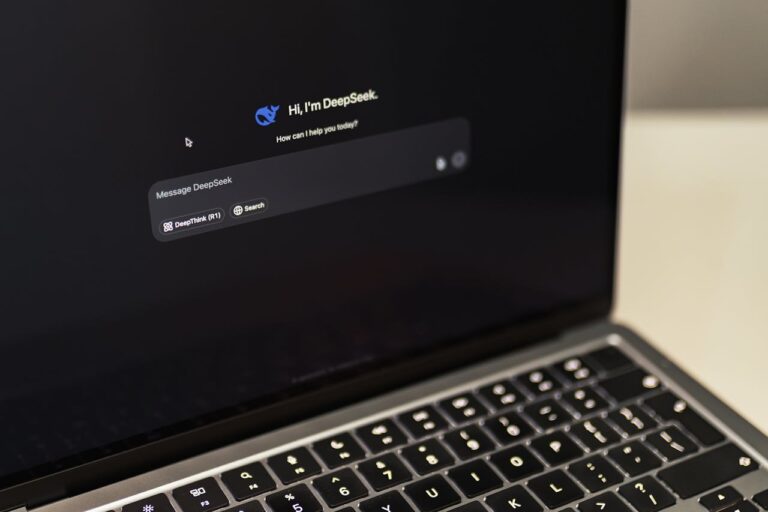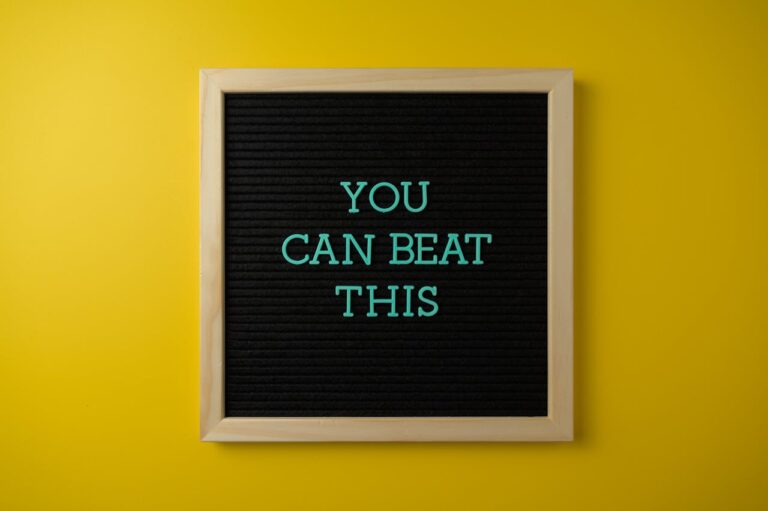Write Us: hello@ali5.org
Can You Really Be Productive Without Multitasking? Here’s What Science Says
Think multitasking makes you more productive? Science disagrees. Discover why focusing on one task at a time can boost your efficiency and reduce stress.

Multitasking used to be worn like a badge of honor. If you weren’t juggling five things at once, emails, meetings, lunch, and three tabs open, you weren’t being “efficient.” But over the past few years, science has poked more and more holes in that belief.
Now, in 2025, the conversation has shifted. People are beginning to ask a more honest question: Can you actually get more done by doing less at a time?
Let’s break down what the science says, and what it means for how you work.
What Multitasking Really Does to Your Brain
You’re not actually multitasking. You’re task-switching.
That’s the cognitive science term for what happens when your brain rapidly jumps from one activity to another. You think you’re writing an email while listening to a podcast and checking your calendar. But in reality, your brain is flipping back and forth between tasks, never fully present in any of them.
And each switch has a cost.
According to a Stanford University study, heavy multitaskers struggle more with memory, attention control, and even emotional regulation. They’re more easily distracted, less organized, and slower at completing tasks, even when they’re doing just one thing.
In short: multitasking isn’t a productivity hack. It’s a trap.
Why Your Productivity Suffers (Even If You Think You’re Good at It)
Some people insist they thrive on multitasking. And sure, certain low-stakes activities, like folding laundry while listening to a podcast, might work fine together. But when it comes to cognitive tasks that require focus, your brain can’t do both well at the same time.
A University of London study found that people who multitasked while performing cognitive tasks had a drop in IQ similar to someone who stayed up all night. That means if you’re constantly flipping between Slack, spreadsheets, and texts, your brain is running on fumes.
Even worse, it takes your brain about 23 minutes to refocus after an interruption, according to a study from the University of California, Irvine. That’s nearly half an hour of lost attention just because you checked your phone mid-task.
The Rise of “Monotasking” in 2025
Now that more people are remote, working hybrid schedules, or managing their own businesses, the push toward monotasking, focusing on one task at a time, is picking up steam.
Tools like Notion, Pomodoro timers, and digital “focus modes” on your devices are helping people block out distractions. Even companies are catching on, encouraging time-blocking, deep work windows, and fewer meetings.
But here’s the thing: the real challenge isn’t the tools. It’s retraining your brain to slow down, stop chasing dopamine hits from new notifications, and stay with one task until it’s done.
So, Is Multitasking Ever Useful?
Let’s be fair, some forms of multitasking aren’t all bad. There’s a difference between “mindless multitasking” and “intentional pairing.”
For example:
-
Listening to a podcast while on a walk? That works.
-
Answering Slack messages while on a Zoom call? Probably not.
-
Cooking dinner while talking to a friend on the phone? Sure.
-
Writing a report while checking Instagram? Definitely not.
The key is pairing a low-effort task with a high-effort one sparingly. But for anything that needs real thinking, writing, planning, and analyzing, focus is king.
How to Train Yourself to Stop Multitasking
If your default setting is “scattered,” don’t worry. You’re not broken, you’re just living in a world designed to steal your attention. Here’s how to start reclaiming it:
1. Time Block Your Day
Instead of jumping between tasks all day, divide your day into clear blocks: email in the morning, deep work mid-day, meetings in the afternoon, admin stuff at the end. This structure helps your brain know what to focus on and when.
2. Turn Off Notifications
Seriously. Phone, desktop, smartwatch, mute it all. You won’t miss anything that can’t wait 45 minutes. The fewer interruptions, the more your brain can stay on track.
3. Use a Pomodoro Timer
Work for 25 minutes, then break for 5. It sounds simple, but it builds mental discipline. Apps like Focus Keeper or Forest turn it into a habit.
4. Set Daily Priorities
Don’t make a to-do list with 20 things. Pick 1–3 tasks that actually matter and focus your energy there. It’s better to finish the right things than to start a bunch of random ones.
5. Create Focus Rituals
A certain playlist, a specific chair, or even lighting a candle before you start work can signal to your brain: it’s focus time. Repetition builds habit, and habit builds focus.
What This Means for the Future of Work
In a world where AI is handling more repetitive tasks and automation is everywhere, the real value of human work will come from depth, deep thinking, creativity, empathy, strategy. None of that happens when you’re multitasking your way through 12 open tabs.
The smartest workers in 2025 aren’t the busiest. They’re the most focused. The ones who can tune out noise and spend an hour doing one thing really well.
Bottom Line
You can’t do your best work when your brain’s running in five directions at once. Science has made that painfully clear. If you want to be more productive, think sharper, and feel less drained, ditch the multitasking.
Slow down. Focus on one thing. Then move to the next. That’s not laziness. That’s smart.







